-
How to prune an apple tree: Ultimate beginners guide
 Lee Burkhill: Award Winning Designer & BBC 1's Garden Rescue Presenters Official Blog
Lee Burkhill: Award Winning Designer & BBC 1's Garden Rescue Presenters Official Blog

Updated 2024: Every garden should have at least one tree, and when I speak to clients with tiny gardens, the apple tree is the one I recommend most frequently. Not only do apple trees provide a rich source of pollen for bees, but they are also beautiful trees for a small garden. The bonus is that with some light-touch apple tree pruning each year, you can also be rewarded with a trug full of delicious apples each autumn.
However, newer gardeners and experienced ones alike seem to recoil in horror when it comes to 'formative pruning', the practice of pruning each year to help form the shape of their young apple tree. I will walk you through the process so you can prune for success and remove any demons you may have about pruning apple trees.
We formatively prune apple trees in the winter to help shape their ultimate growth. We want apple trees that are well-balanced and evenly spaced with an open habit that allows airflow and space for fruit. If we plant an apple tree and leave it alone, the chances are it will put on a flurry of new growth, which eventually gets tangled or damages itself.
The job of the gardener is to help select and shape that growth so we get the maximum potential out of the tree and ensure it grows to a pleasing shape. This means less damage, disease or garden drama when it comes to growing an apple (or other fruit) tree in the garden.
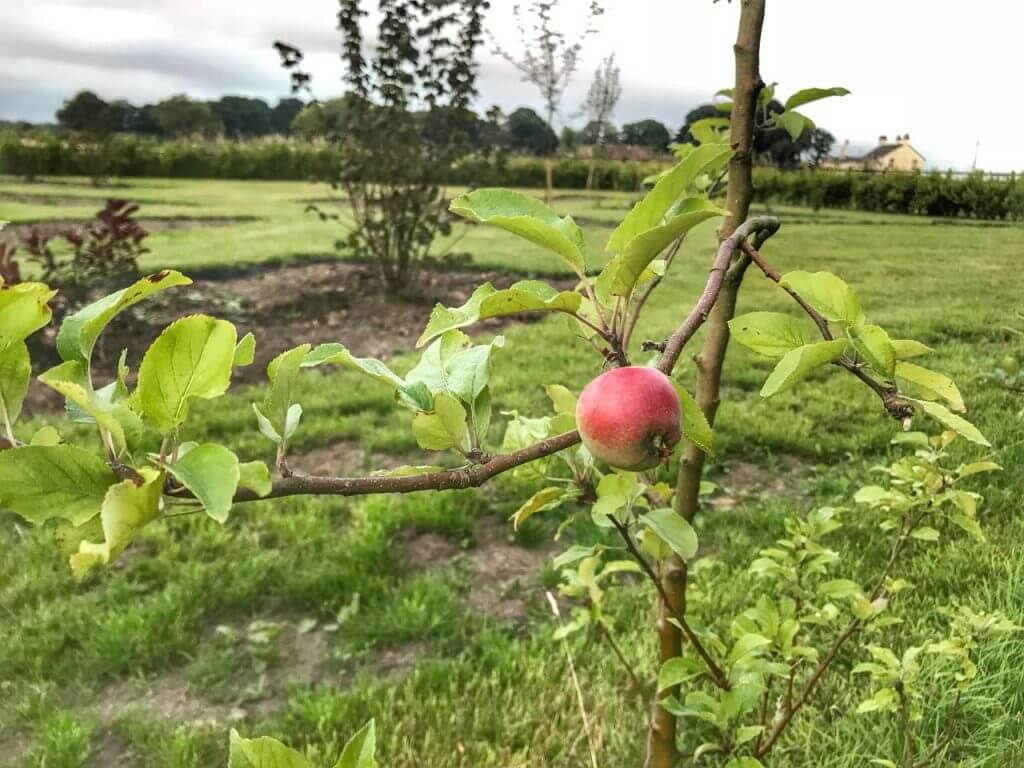
Once formative pruning is complete, say in around 5 years. Then, all other pruning is just light touch maintenance pruning to keep them in that shape.
Understanding how fruit trees respond to pruning is an essential part of successful pruning. However, most guides and books tend to skip over this step. I believe this is why gardeners become so fearful of knowing how to prune an apple tree, opting to ignore it and hope for the best. Often at their peril as the tree struggles to fruit, becomes unruly or gets damaged by crossing weak branches.
When we prune a branch or leader (a stem that is vertically growing and vigorous), we remove part of that branch. This has the effect of sending the energy, hormones or 'go-juice' back to the next bud or lateral (sideways shoot or branch). Think of it like capping off a pipe in your kitchen; the water will divert and be pushed back to the next available tap or outlet.
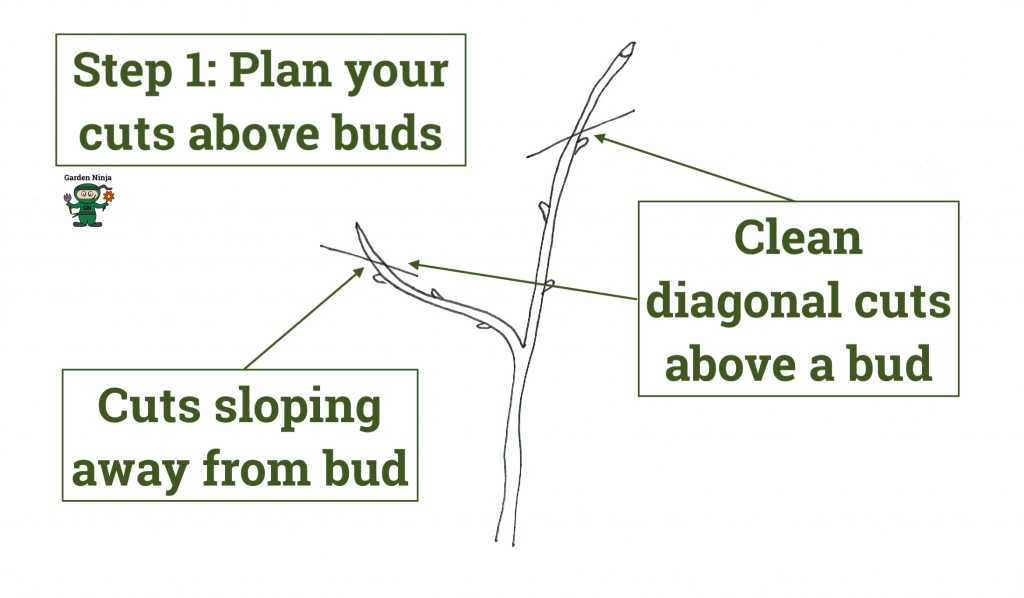
So when we make a pruning cut, it will create growth further down from that cut. Rather than thinking of pruning as 'removing growth potential', we need to think of it as 'creating growth potential'. Pruning does not weaken the plant but focuses the energy elsewhere.
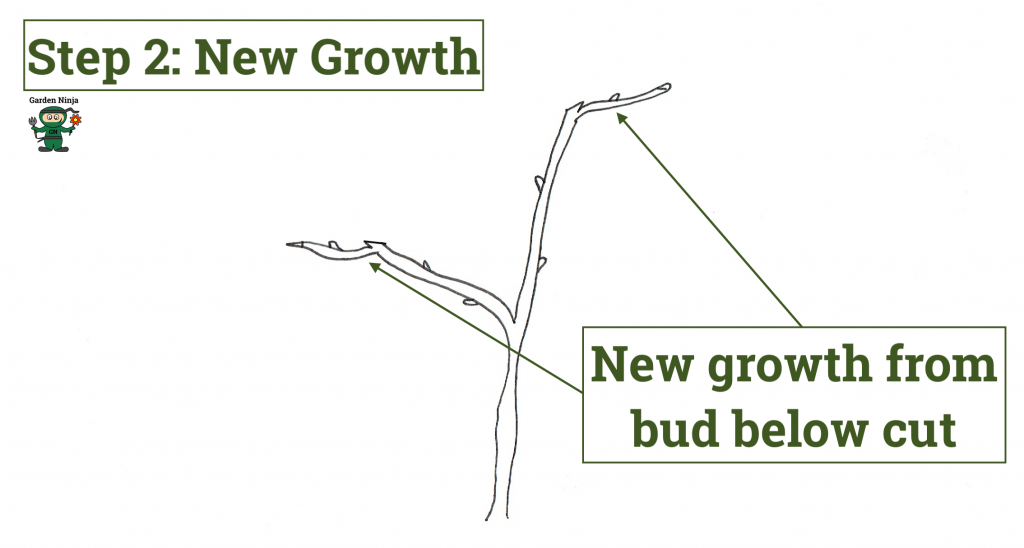
As we can choose where to make the cuts, we can choose where to focus the growth of the tree. Rather than thinking of pruning as 'losing growth' we need to shift out mindset to 'choosing growth'. This is the best way to learn how to prune an apple tree, thinking of it as choosing growth, not losing branches.
Did you know that you can take my course and learn how to become a Garden Ninja yourself? Click here for details
For nearly all fruit trees, formative pruning, the type that allows you to influence the ultimate growth and shape of a younger tree takes place in Winter.
The best time to prune apple trees is between November and late February before the tree starts to put on leaves.
This is when the sap has receded, and the apple tree is dormant. It means the tree won't bleed, and you can see exactly what you're doing as the leaves will have already fallen. You can see the true outline of the tree without the distraction of delicious fruit or foliage!
The Prunus group of plums and cherries should not be pruned in winter but mid-spring to summer as they are susceptible to diseases from winter pruning. All other fruit trees are fine to be pruned in the winter. If you've read my Summer Vs Winter pruning guide you will know that:
With all pruning, avoid doing it in snow or frost. It is no fun for you or the fruit tree. I tend to wait until early February before I prune my fruit trees.
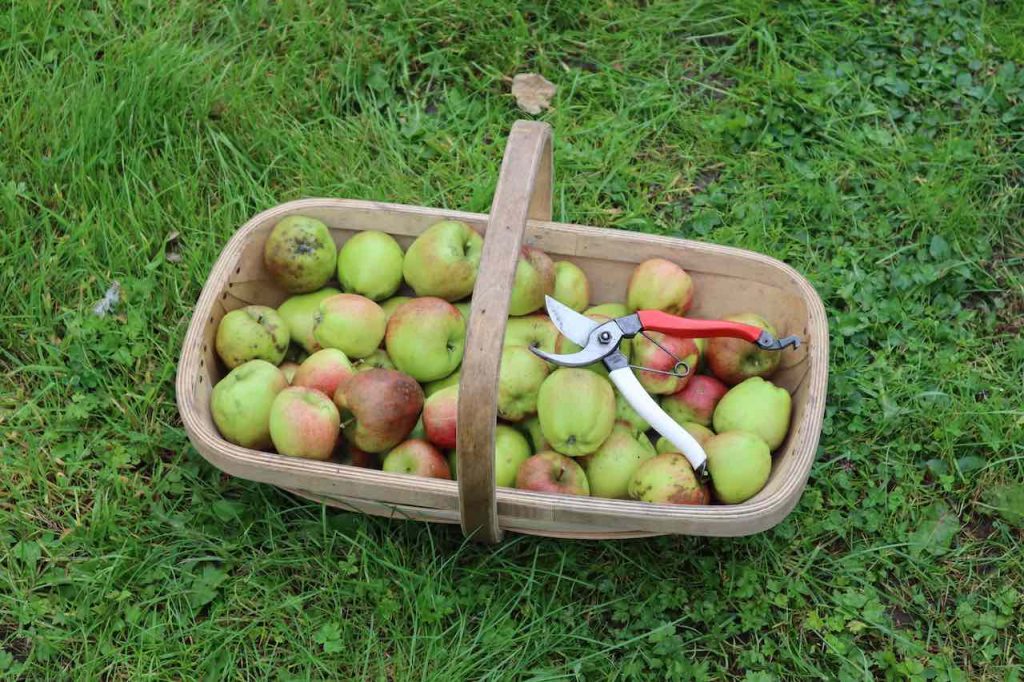
Sharp secateurs are essential for easy, successful fruit tree pruning. Clean, neat cuts will heal faster and cause less stress to the tree. If you dig out your secateurs and they are rusty and look like they've been exhumed from the Titanic, it's time to clean and sharpen them. My easy guide here shows you how to renovate secateurs.
Likewise, make sure the branches or laterals can be easily cut with your tools. If you need force, or you end up gurning to make your cuts, then you need a wood saw or loppers.
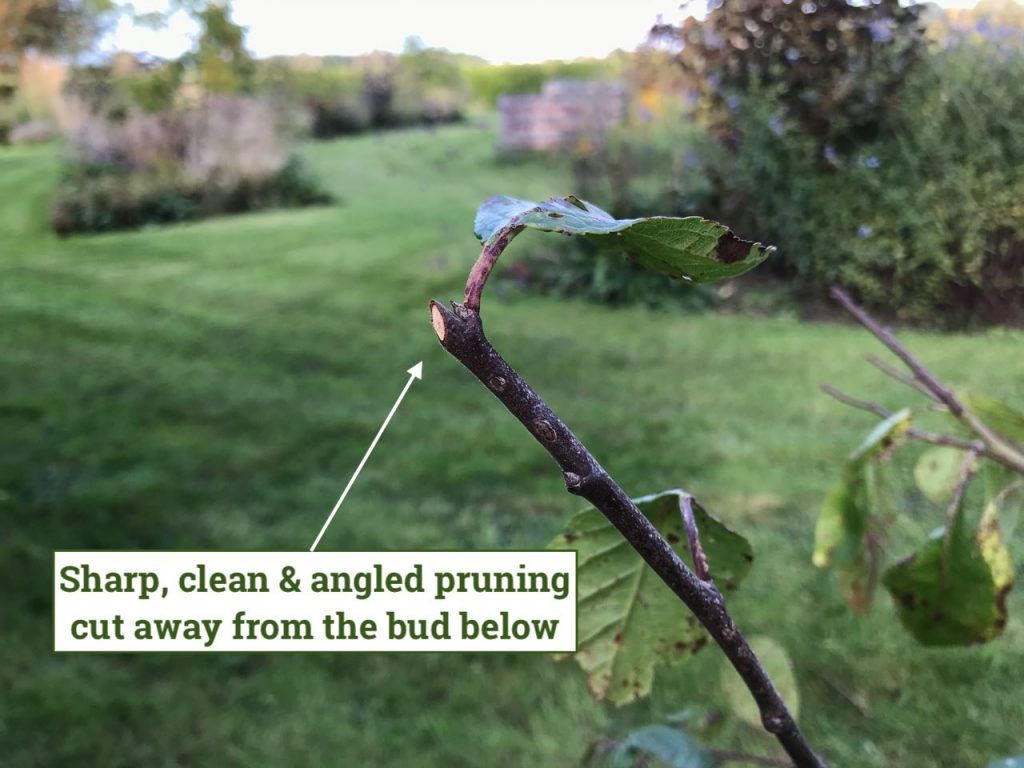
A clear example of a neat, clean pruning cut above. Always on an angle away from the bud or leaf below it.
If you've done any reading on how to prune, then you may have read about the 'open goblet shape'. While it is a good description of the pruning technique, it can confuse newer gardeners. Especially because 'goblet' is usually only heard on Game of Thrones and not used in everyday language.
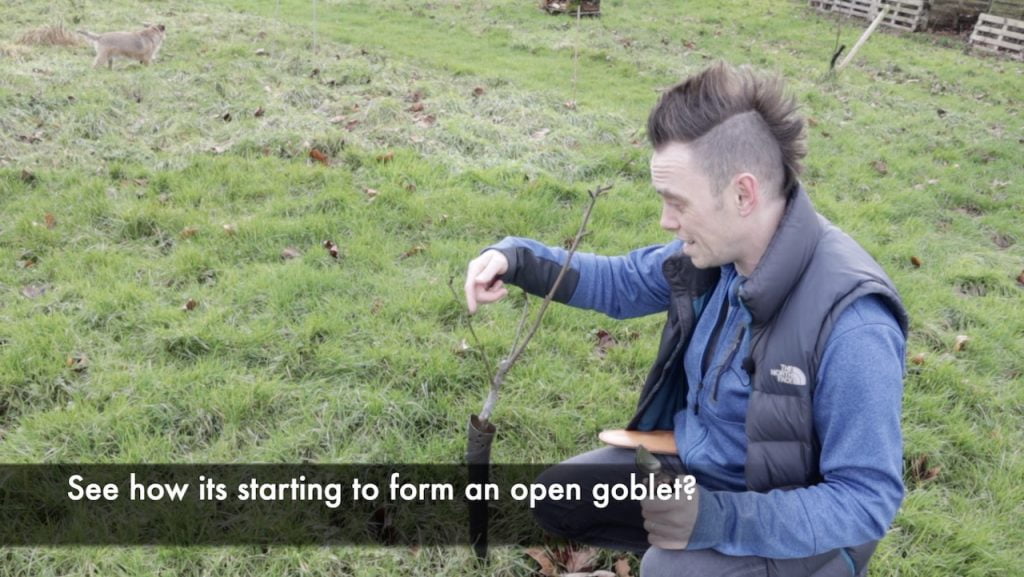
Another good way to think of the open goblet shape is like an upturned palm of your hand with all your fingers stretched out. This is the shape and spacing you want from your fruit trees. You don't want anything crossing or too close together. Have a look at the examples below to see the open goblet or open palm shape for reference. If in doubt, the video at the beginning of this guide shows you this shape in more detail.
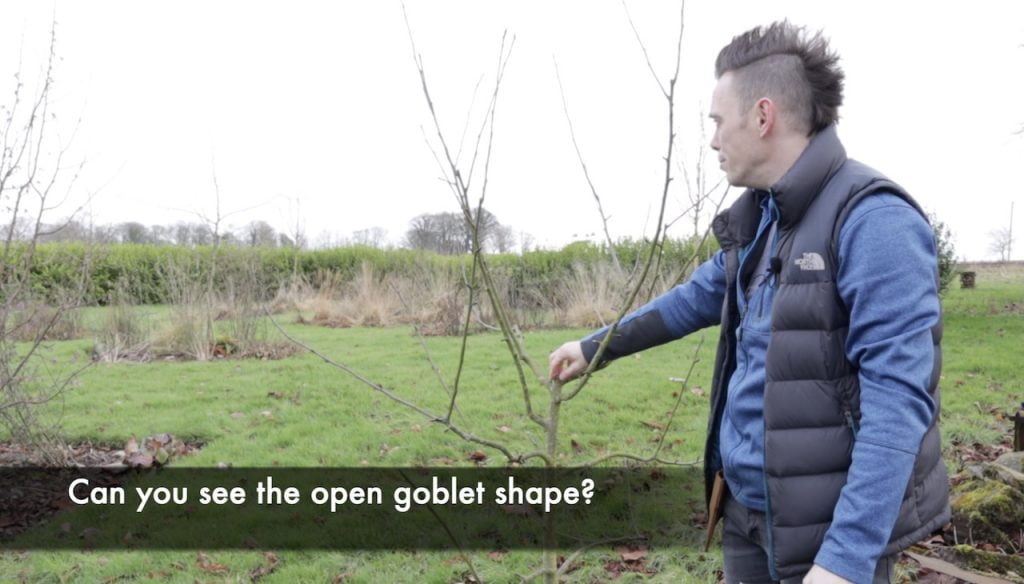
Most gardeners are apprehensive to prune any plant, especially if it's happily growing away. After all, you've just planted it, and you want it to succeed. However, fruit tree pruning, even in year one, is essential to help shape and form the apple tree.
If you've bought a young apple tree 'whip,' i.e. one main stem with a few laterals, pruning will help you whip it into a productive shape. Most fruit trees come as a 2-year-old graft, like a long pencil with a few buds and side branches. Leaving a new fruit tree to grow like this without pruning will likely lead to a tangled mess or sky-high branches all congested and little fruit.
Even if you've had an apple tree for a few years and not touched it, now is the time. By pruning it into shape sooner, you'll have less work to do and a better fruit tree because of it. Remember that pruning will encourage growth and help your fruit tree fill out.
Follow the steps below on how to prune an apple tree correctly.
Any damaged, diseased, crossing rubbing or otherwise unsuitable branches or laterals should be removed first. Take them back to the next branch down or off altogether if damaged. Work around the apple tree, removing any of these first.
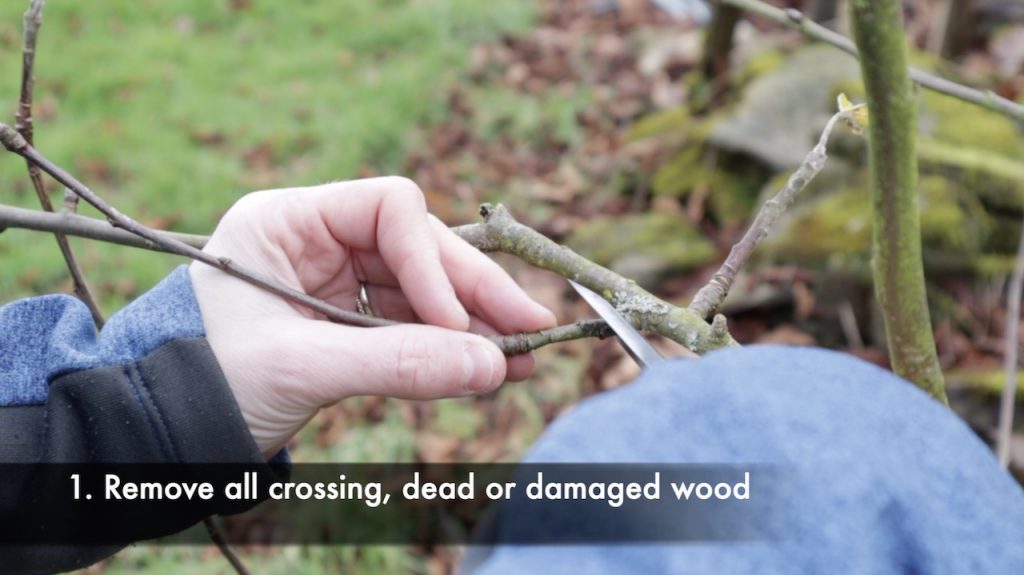
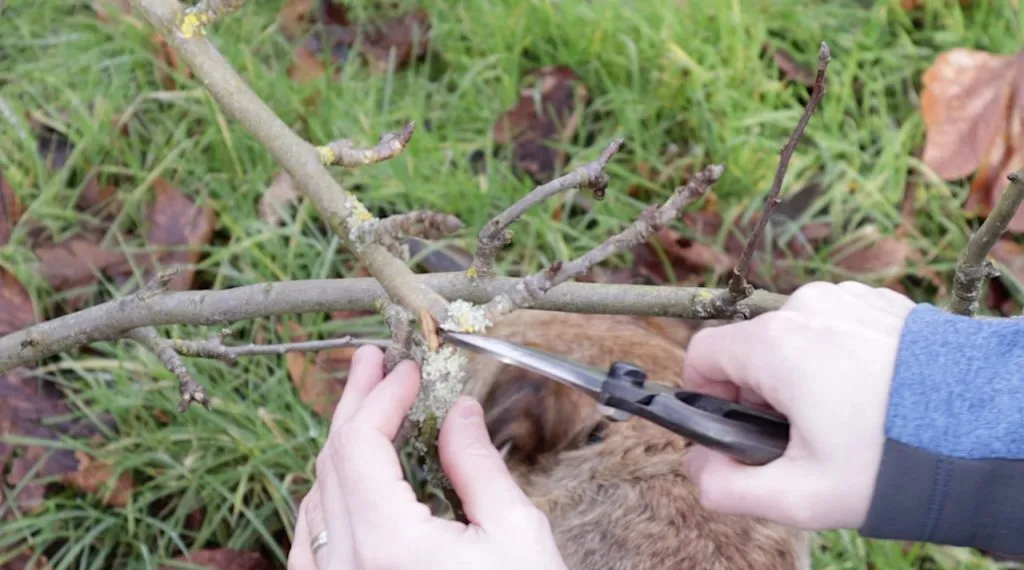
This damaged branch above needs to be removed and pruned back to a healthy bud. This first step usually is enough to gather confidence in how to prune an apple tree and allows you to clearly see the rest of the tree.
The next step is to shorted all of this years fresh growth by 1/4. These new branches are also known as the leaders, which is upward-facing growth on your fruit tree. You may notice that growth on the branches tends to point upwards, which is natural. We are reducing these to create more side laterals to break out. This, in turn, leads to more fruiting spurs breaking out!
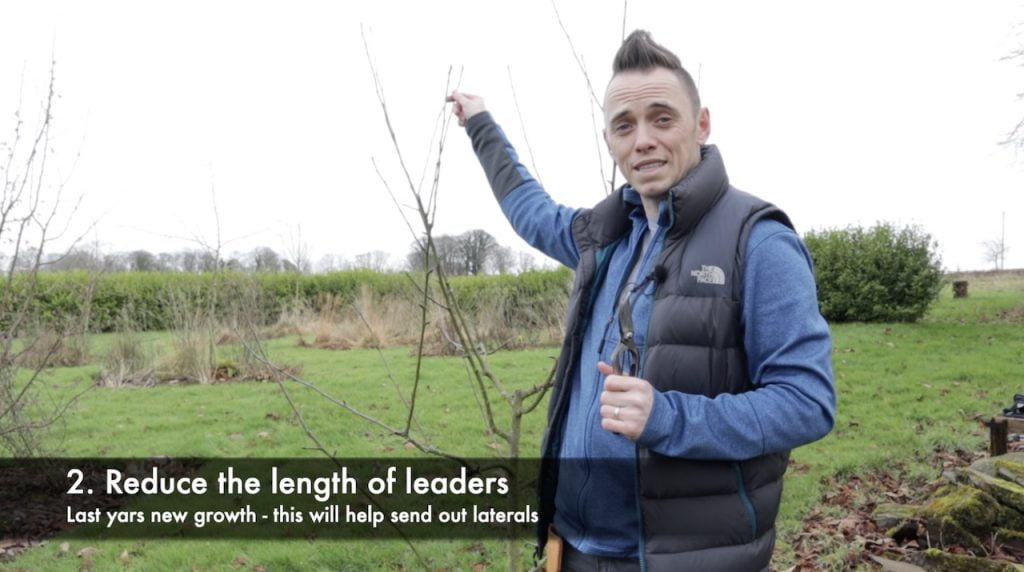
When shaping a fruit tree, we want one main leader, and then all other growth shoots off from this. Forming that neat round tree canopy. You can spot dual leaders if you look at the main stem. If it forks into a 'V' sign and both are reaching upwards. You need to remove the weaker of the two and go back to the main trunk.
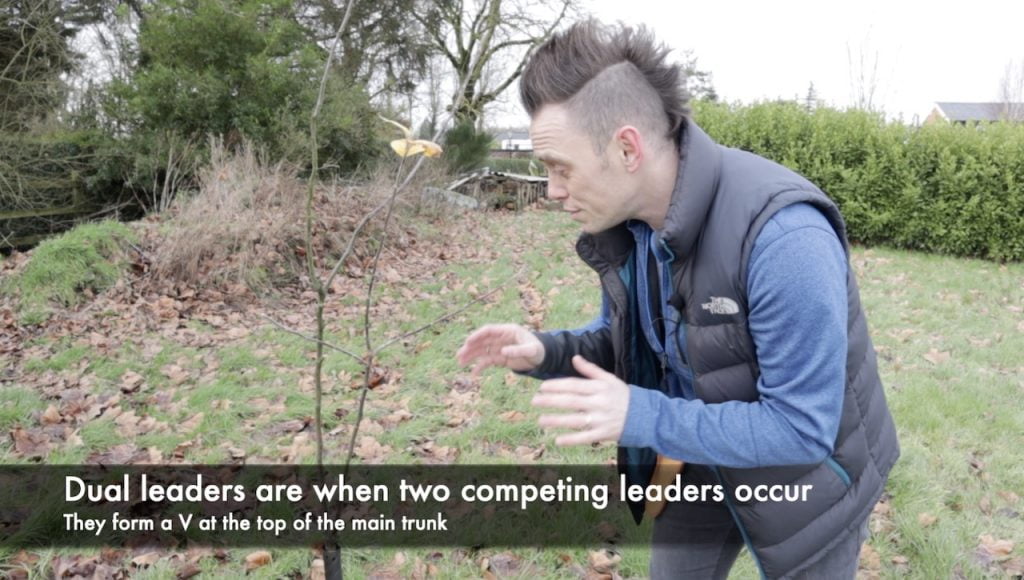
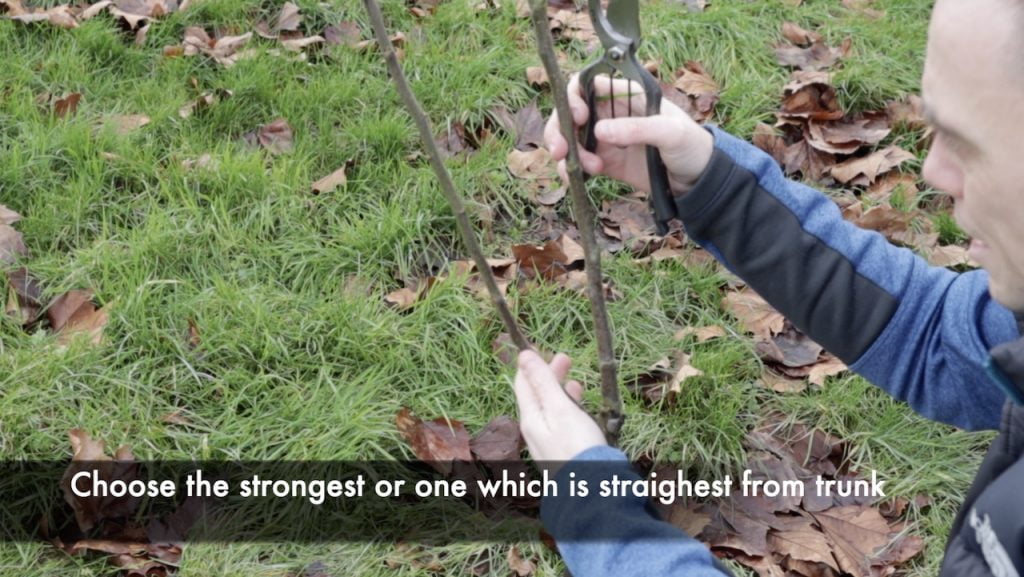
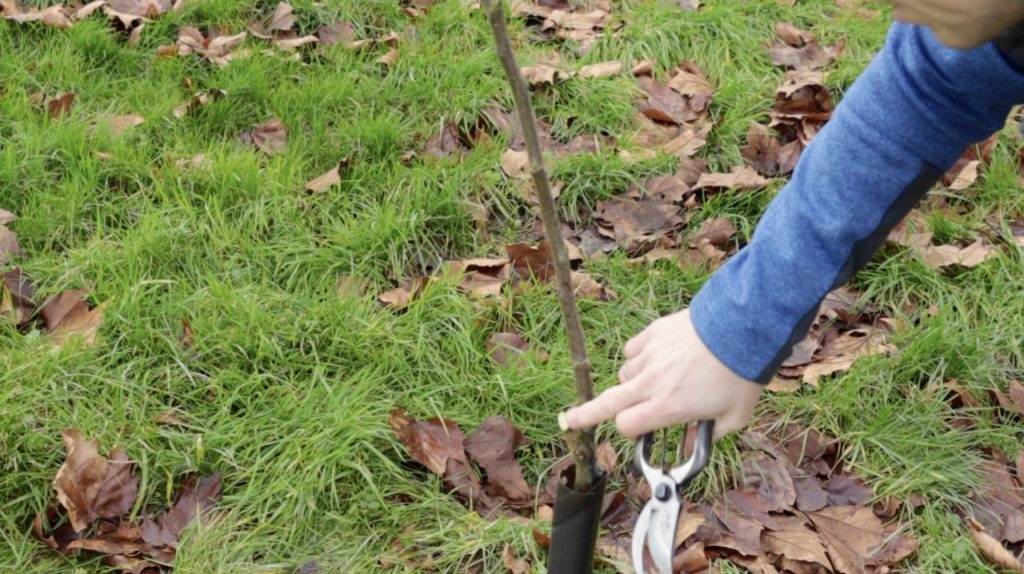
Work your way around the rest of the tree, shortening and removing any growth that is likely to rub as it grows further or is making the tree congested. It's a repeat of step 1 now that you have shortened anything. If any lateral or branches are growing inward, remove them back to an outward-facing bud.
Remember the open goblet or open palm shape. Even if you're dealing with a very young tree, you may find after pruning there are only 3 branches in this open goblet shape. That's fine, too! You're forming the shape of the tree. Then, next year, you may end up with 5-7 branches and more the year after to create the goblet shape.
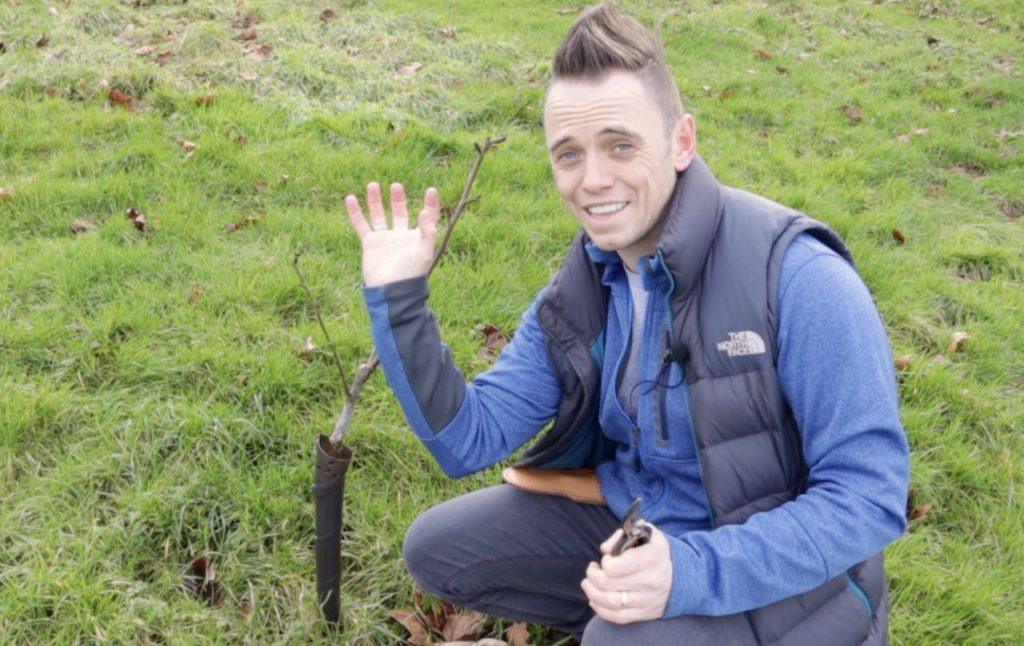
My best impression of the open goblet / open palm above. See, the small apple tree behind me has only a few branches but has the basic form ready to expand this year.
When you have finished, you should have a shape or form similar to the image below on a 3-year-old tree.
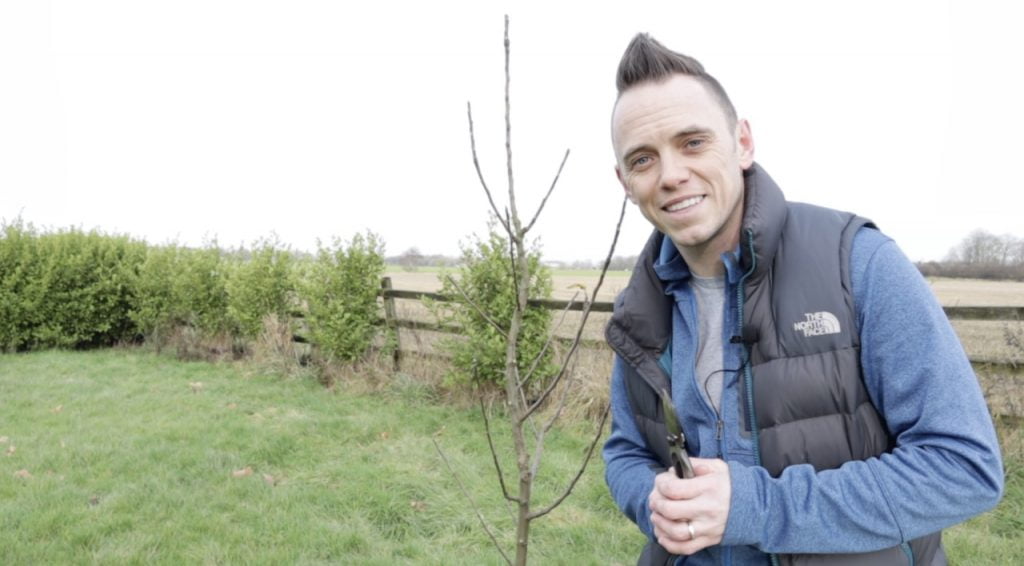
See how there is one main leader, space between the lateral branches and an open 'goblet' shape?
Let's recap on the four steps needed to successfully prune an apple tree.
As you develop your pruning skills, there are numerous other tweaks for fruit trees, such as summer pruning to thin out fruiting spurs and whatnot. You can read more on that here. However, for now, you are armed with the basic pruning skills you need to get your young apple trees into shape.
If you have an old or inherited fruit tree that's in a bad way and needs serious pruning, then follow my Winter fruit tree hard pruning guide above for advice.

Pruning fruit trees to an outward-facing bud is the key to successful pruning as it maintains tree health and has a number of other benefits. Firstly, it encourages robust growth by promoting the development of new branches and shoots away from the tree's centre. This method maintains an open canopy structure, enabling sunlight to penetrate deeper into the tree, ensuring that more fruit-bearing branches receive adequate light.
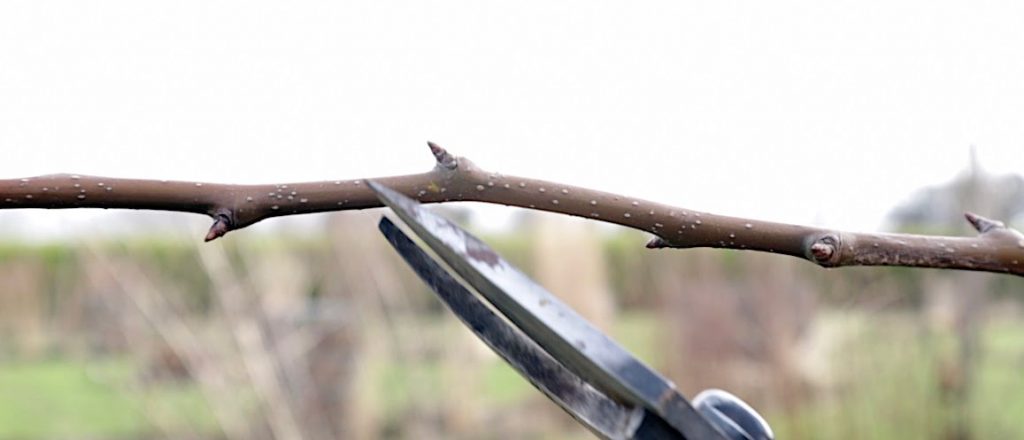
The practice of always cutting to an outward-facing bud facilitates better air circulation within the canopy, reducing the risk of fungal diseases and pest infestations by minimizing moisture retention and creating a less favourable environment for pathogens. It reduces congestion.
Furthermore, pruning to an outward-facing bud enhances fruit production by creating space for fruit to develop and reducing branch overcrowding. This spacing minimizes competition for sunlight and nutrients, producing higher fruit quality and apple tree yields. Additionally, pruning helps prevent crossed branches that can cause damage and provide entry points for pests and diseases. By directing growth away from the centre, pruning reduces the likelihood of branch entanglement and promotes structural integrity.
So whenever you are making a cut, make sure you're cutting just above an outward-facing bud.
This is a common scenario where people move house or inherit an old apple tree that hasn't been pruned. It can be tempting mid-summer, when it's in full growth, to think about giving this apple tree a haircut or tidying up. Please don't hard prune apple trees in summer!
Pruning apple trees in the summer can cause severe damage to the tree in terms of sap bleeding and also ruining the overall shape of the tree. Summer pruning restricts growth when done delicately, but hard pruning is too much of a shock to the tree. Leaving it little time to heel.
The chances are that heavy summer pruning sends up water shoots, long thin branches that reach upwards and zap energy from the tree.
If you need to hard prune an apple tree please do this in the dead of winter instead for better tree health and fruit production in the following year.
Another frequent question I get asked is, 'How big will my fruit tree grow?'. The answer is it depends on the rootstock. Nearly all fruit trees are grafted. I.e. a scion of a fruit tree (cutting) is then grafted and bound onto a rootstock that controls its ultimate height.
Fruit trees use different rootstocks depending on how big you want the fruit tree to be.
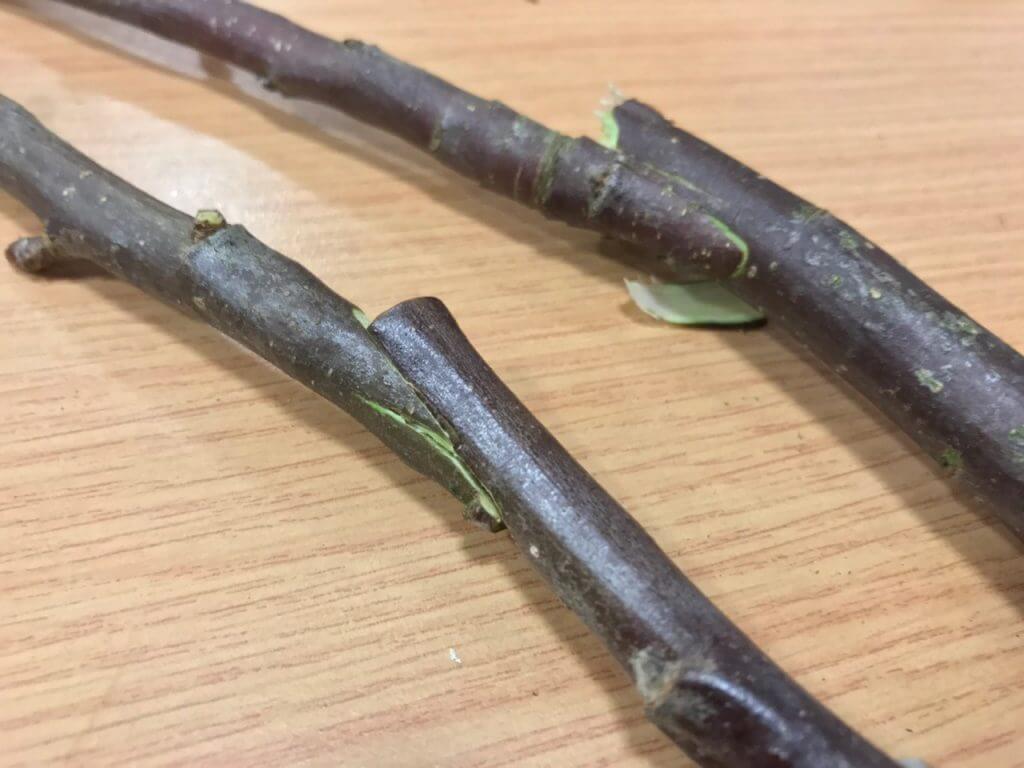
Have a look below and also check the labels of any trees you're buying. This will help you anticipate how big it will grow.
M27 – V. Small 1-2m eventual height – Great for pots or patios; always keep staked
M9 – Small 1.8-2.5m eventual height -Very productive, always keep staked
M26 /MM11 / M9– Medium 2-3mt eventual height – Good for bushes or cordons, can be trained as a medium-sized tree
MM106 – Large 2.5-4.5m eventual height – Good sizes tree apple, more drought-tolerant due to larger rootstock, fruiting after 3-4 years
MM111 / M25– Large full-sized 5m eventual height – Full-sized apple tree, drought-tolerant and fruits after 4-5 years. Maximum yield.
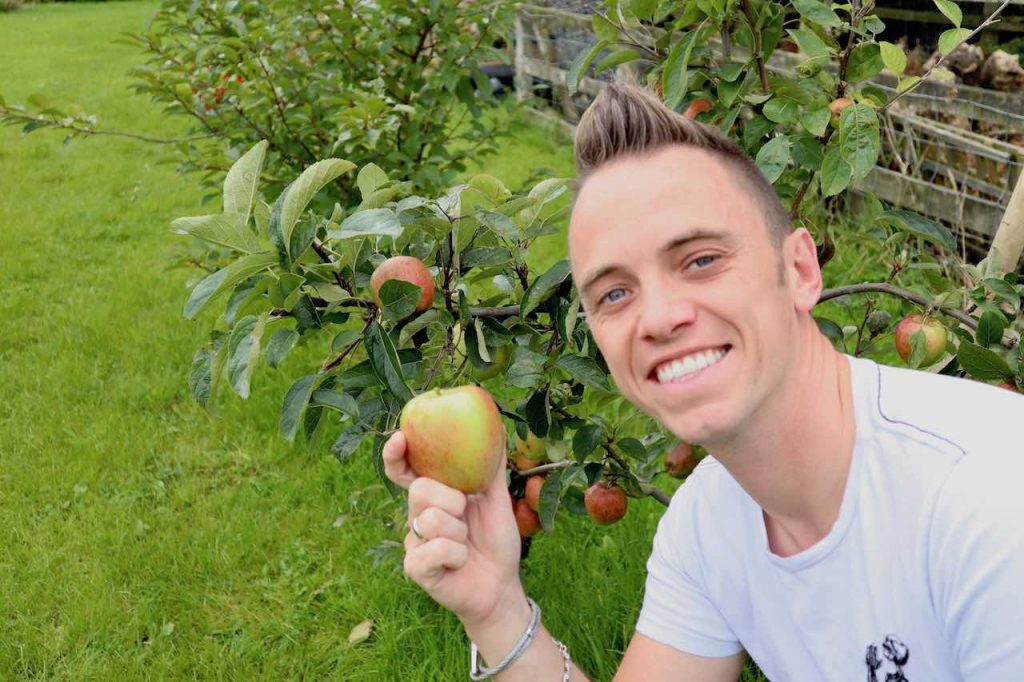
If you're looking to add some delicious apples to your garden, then below are my top ten cultivars of apples suitable for small or urban garden spaces. Remember to always check the root stock to ensure their ultimate height and spread works with the size of your garden.
1. Ballerina Series: Specifically bred for small spaces, Ballerina apple trees feature compact, columnar growth habits, making them ideal for container planting or limited garden areas. Varieties include 'Ballerina Samba' and 'Ballerina Polka'.
2. Golden Delicious: Known for its sweet, crisp fruit, Golden Delicious apples are versatile and can be grown in small spaces with proper pruning and care.
3. Fuji: Fuji apples are flavorful and store well. They can thrive in smaller garden spaces, especially when trained against a wall or fence.
4. Gala: Gala apples are prized for their crisp texture and sweet flavour. These trees can be grown in containers or small gardens, and they often produce fruit at a young age.
5. Cox's Orange Pippin: This classic English apple variety offers exceptional flavour and can be trained as an espalier or grown in containers for small gardens.
6. Jonagold: Jonagold apples are a cross between Jonathan and Golden Delicious varieties, offering a perfect blend of sweet and tart tastes. They can be grown in small garden spaces with proper pruning.
7. Granny Smith: Known for its tart flavour and excellent keeping qualities, Granny Smith apples can be grown in smaller gardens, especially when trained on dwarfing rootstocks.
8. Pink Lady: Pink Lady apples are crisp and sweet-tart, making them popular for fresh eating and cooking. They can be grown in containers or small garden spaces with adequate sunlight.
9. Braeburn: Braeburn apples offer a balanced taste profile with a hint of tartness. They can be grown in small gardens and respond well to pruning to keep their size manageable.
10. Mutsu (Crispin): Mutsu apples are large, sweet, and juicy, making them excellent for fresh eating and baking. The tree's compact growth habit makes it suitable for small garden spaces.

Pruning is your best friend when growing beautiful and productive fruit trees. If we can reprogram our tentative pruning minds to view pruning as encouraging growth rather than removing parts of the tree. It's then easy with this mindset to tackle pruning with confidence.
I hope that this guide has helped you put your pruning demons to bed when it comes to fruit trees. Pruning really is straightforward once you have the confidence to know what you're cutting and why. I urge you to get out into your gardens and start taking control of your trees; they will thank you for it!
If you've enjoyed this article then why not Tweet, Facebook or Instagram me with your fruit tree pruning pictures or questions? You can also subscribe to my YouTube channel for hundreds of garden design tips, tricks, and hack guides!
Happy pruning!
Lee Garden Ninja


You must be logged in to post a comment.

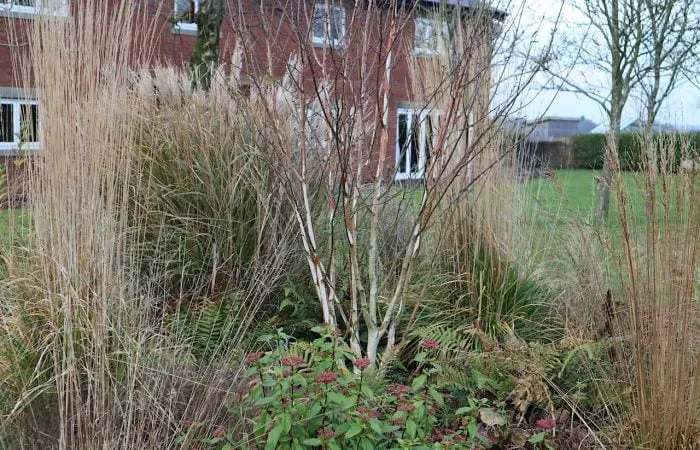
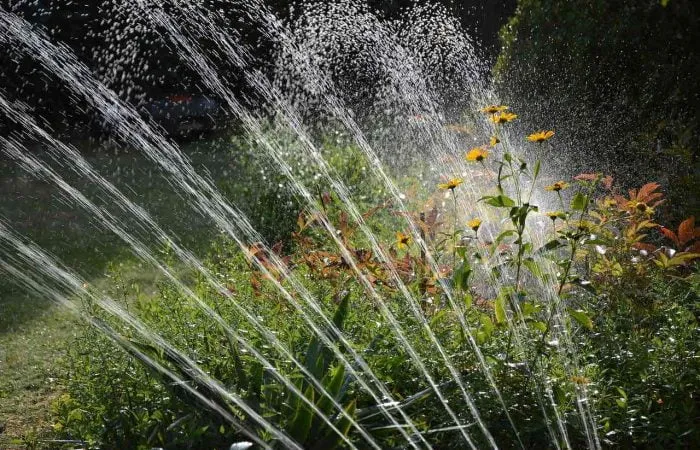
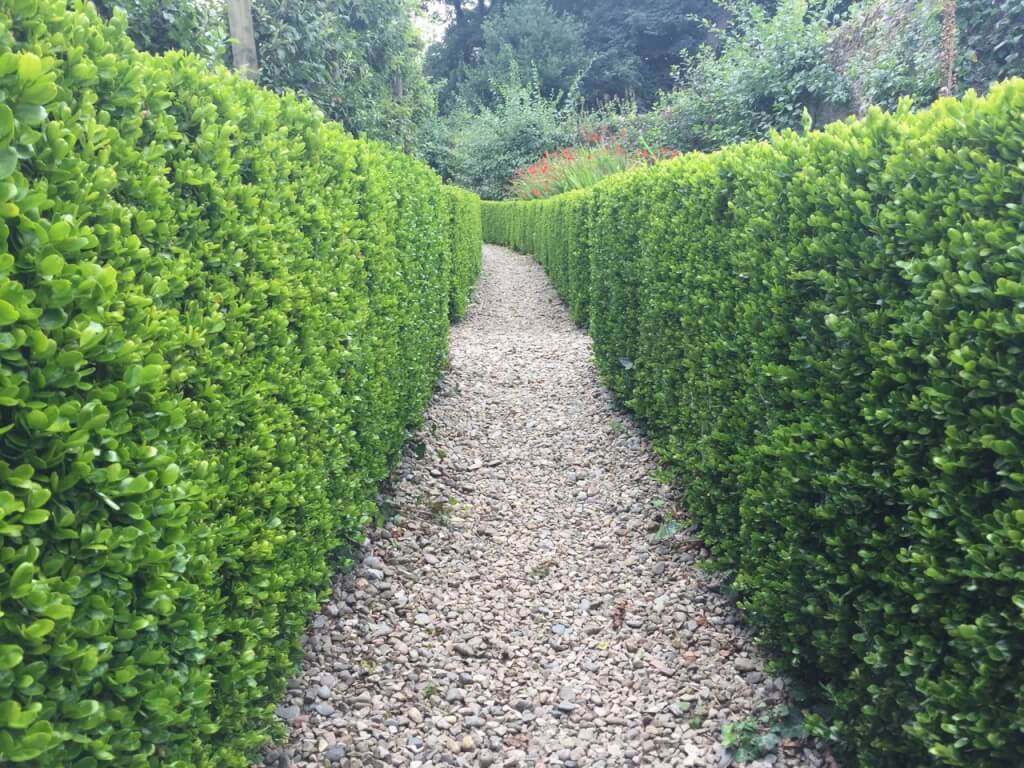

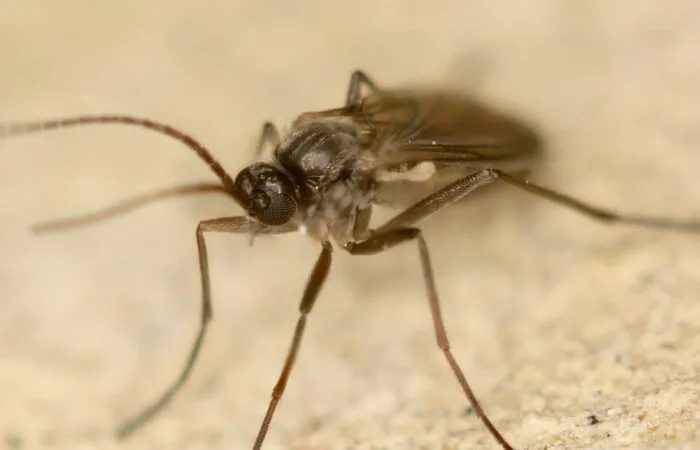
JOIN THE NINJAS

Be the first in line for new Guides, Discount codes and Offers
I was reading your article on pruning apple trees and I’m really impressed with the content you’ve created. It makes it easy for us to understand what needs to be done in order to grow a healthy tree. You make an excellent point about the importance of Fruit Tree Pruning Without this step, our apples would not have grown so well or looked as nice as they do now. There’s such a huge difference between them after we started pruning!